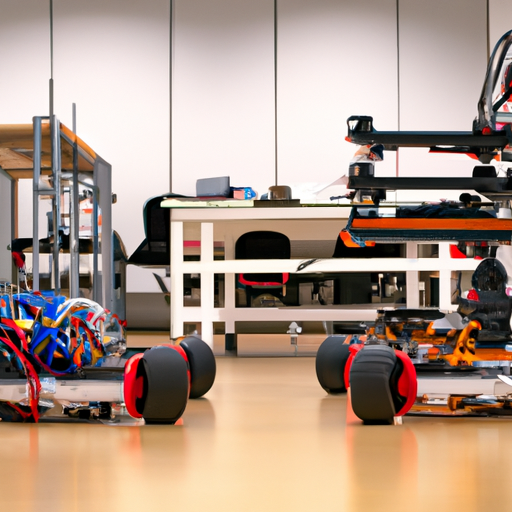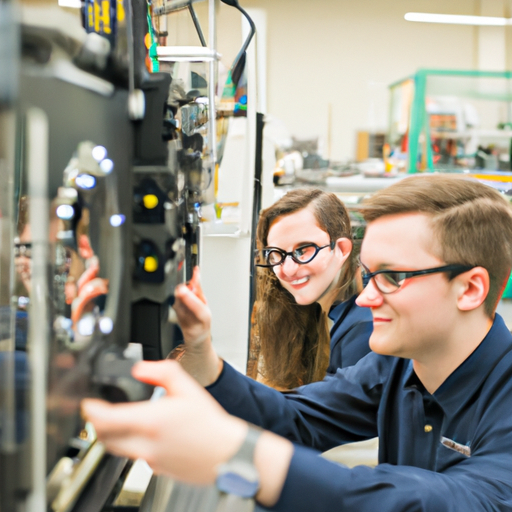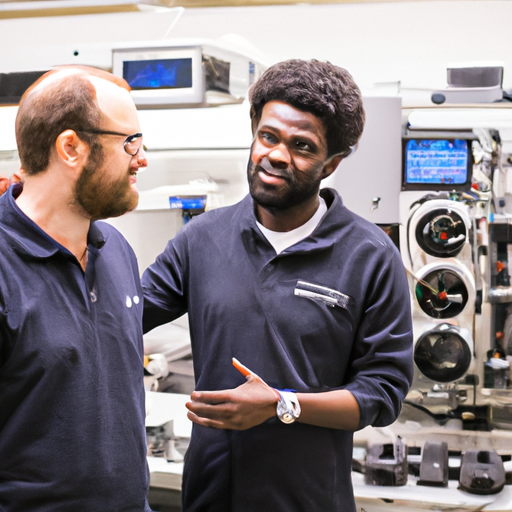In an era where efficiency and safety are paramount, Collaborative Robotics (Cobots) are taking center stage in the realm of Industry 4.0. These advanced robots are designed to work alongside humans, enhancing productivity while maintaining a high level of safety. As industries across the board embrace automation, cobots are becoming indispensable tools that redefine the workplace.
What are Collaborative Robots?
Collaborative robots, commonly referred to as cobots, are designed to interact safely with humans in a shared workspace. Unlike traditional robots that operate in isolation, cobots are equipped with advanced sensors and AI technology, enabling them to adapt to their surroundings and collaborate with human workers seamlessly.
Benefits of Using Cobots
- Increased Productivity: Cobots help automate repetitive tasks, allowing human workers to focus on more complex and creative responsibilities.
- Enhanced Safety: With features like force limiters and advanced sensors, cobots can operate safely around human workers, significantly reducing workplace accidents.
- Cost-Effective Solutions: Cobots are often more affordable than traditional industrial robots, making automation accessible to small and medium-sized enterprises.
- Easy Integration: Cobots are designed to be user-friendly, often requiring minimal programming and allowing for quick deployment in existing workflows.
Applications Across Industries
The applications of cobots span various sectors, including:
- Manufacturing: Cobots assist in assembly lines, quality control, and packaging processes.
- Healthcare: In medical environments, cobots support tasks such as medication management and surgical assistance.
- Agriculture: Cobots aid in planting, harvesting, and food processing, helping to meet the demands of a growing population.
The Future of Cobots
As technology continues to advance, the future looks bright for cobots. With ongoing improvements in AI, machine learning, and sensor technologies, collaborative robotics will become even more capable, efficient, and affordable. Industries that adopt these innovations stand to gain a competitive edge, driving productivity and fostering a safer work environment.
Conclusion
Collaborative robots are revolutionizing the way we work, making it easier for humans and machines to collaborate effectively. By embracing cobots, companies can unlock new levels of efficiency and innovation, paving the way for a brighter and more productive future.
Stay tuned for more updates on how collaborative robotics is shaping the future of industries across the globe!








